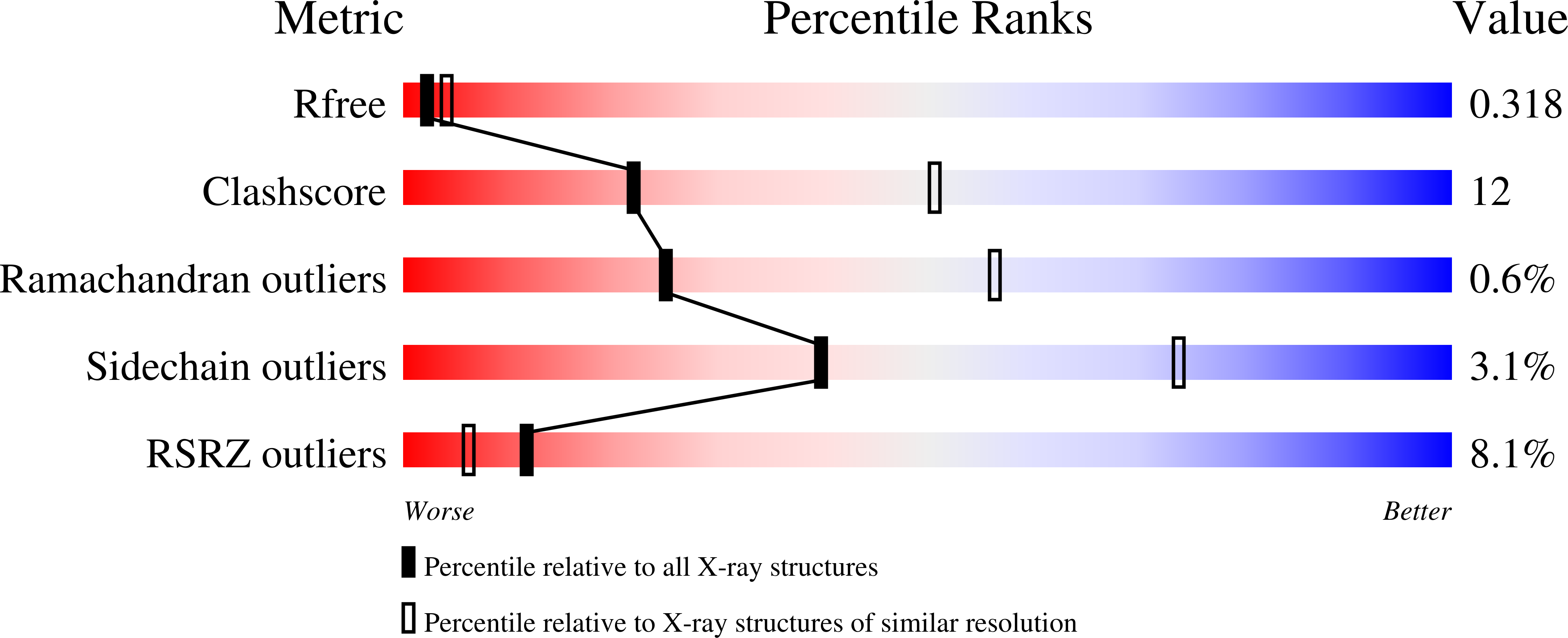
Deposition Date
2022-12-16
Release Date
2023-09-06
Last Version Date
2024-09-18
Entry Detail
PDB ID:
8FIJ
Keywords:
Title:
Wild type APOBEC3A in complex with TT(FdZ)-hairpin inhibitor (crystal form 2)
Biological Source:
Source Organism:
Homo sapiens (Taxon ID: 9606)
Host Organism:
Method Details:
Experimental Method:
Resolution:
2.80 Å
R-Value Free:
0.31
R-Value Work:
0.25
Space Group:
P 1 21 1


